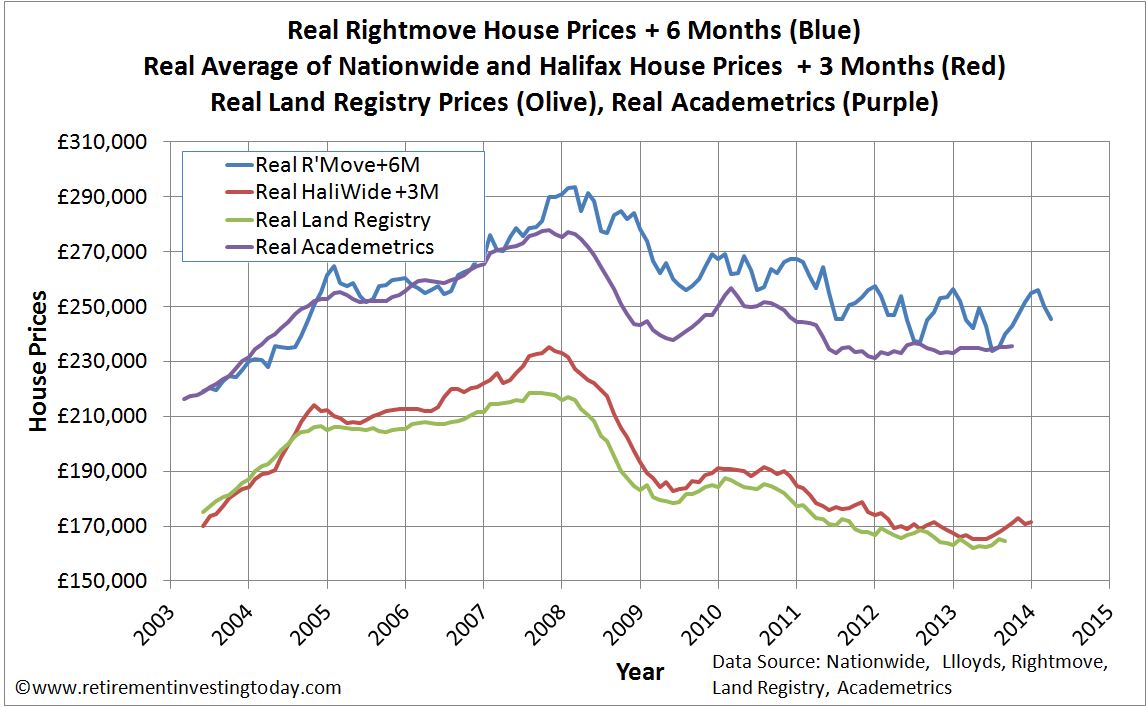By Joe Budden
Following the financial crisis of 2007-2008, many veteran traders were faced with a totally different financial landscape in which to operate. The ‘New Normal’, a term first coined by Pimco trader, Mohammed El-Erian, became the finance community’s go-to word for a new world order which bore more similarities with the post Depression era than anything investors had previously experienced.
This ‘New Normal’, characterised by persistently sluggish growth, high unemployment and political wranglings over debt ceilings and budget deficits, is now five years on and shows no sign of abating.
But it is not only political parties that stand to lose from this new period of economic stagnation.
Financial markets, as a result of huge injections of artificial liquidity from central banks, now reside atop a mountain of debt and are precariously placed should we see any reduction in liquidity or future drop in growth.
Indeed, it could be argued that the super loose monetary policy used in response to the biggest recession since the 1930’s has actually heightened risk, and the resultant artificial rally in global stock markets has created a world in which markets are now scarily dependent on the money flows from central banks.
Much like an addict becomes dependent upon a drug, the financial markets have become dependent on the monthly injections of quantitative easing from the Federal Reserve, and it is for this reason that every FOMC meeting is now watched with baited breath by most traders.
And just like the symptoms of withdrawal when such a drug is taken away, the potential for significant market volatility is profound and something that every investor and trader should be prepared for.
However, to believe this is to forget that the central banks have now used up all of their bullets. Indeed, central banks now sit on a mountain of debt with no alternative but to scale back, or ‘taper’ as the Fed like to call it - rhetoric that has already caused significant turmoil in stock markets over the last couple of months.
And with the prospect of future unwinding, the already fragile growth picture seen in most developed nations, has the potential to stall even further. (Indeed, recessions typically occur every 4-6 years in developed countries meaning we are now overdue.)
Following the financial crisis of 2007-2008, many veteran traders were faced with a totally different financial landscape in which to operate. The ‘New Normal’, a term first coined by Pimco trader, Mohammed El-Erian, became the finance community’s go-to word for a new world order which bore more similarities with the post Depression era than anything investors had previously experienced.
This ‘New Normal’, characterised by persistently sluggish growth, high unemployment and political wranglings over debt ceilings and budget deficits, is now five years on and shows no sign of abating.
But it is not only political parties that stand to lose from this new period of economic stagnation.
Financial markets, as a result of huge injections of artificial liquidity from central banks, now reside atop a mountain of debt and are precariously placed should we see any reduction in liquidity or future drop in growth.
Indeed, it could be argued that the super loose monetary policy used in response to the biggest recession since the 1930’s has actually heightened risk, and the resultant artificial rally in global stock markets has created a world in which markets are now scarily dependent on the money flows from central banks.
Much like an addict becomes dependent upon a drug, the financial markets have become dependent on the monthly injections of quantitative easing from the Federal Reserve, and it is for this reason that every FOMC meeting is now watched with baited breath by most traders.
And just like the symptoms of withdrawal when such a drug is taken away, the potential for significant market volatility is profound and something that every investor and trader should be prepared for.
The next shock to the system: Inflation
At the heart of the problem financial markets face is a battle between stagnant economic growth and the coming onslaught of inflation, brought on by years of easy money. Normally this would not present too much of a problem since periods of economic stagnation can be easily prodded into life by central bank intervention.However, to believe this is to forget that the central banks have now used up all of their bullets. Indeed, central banks now sit on a mountain of debt with no alternative but to scale back, or ‘taper’ as the Fed like to call it - rhetoric that has already caused significant turmoil in stock markets over the last couple of months.
And with the prospect of future unwinding, the already fragile growth picture seen in most developed nations, has the potential to stall even further. (Indeed, recessions typically occur every 4-6 years in developed countries meaning we are now overdue.)



